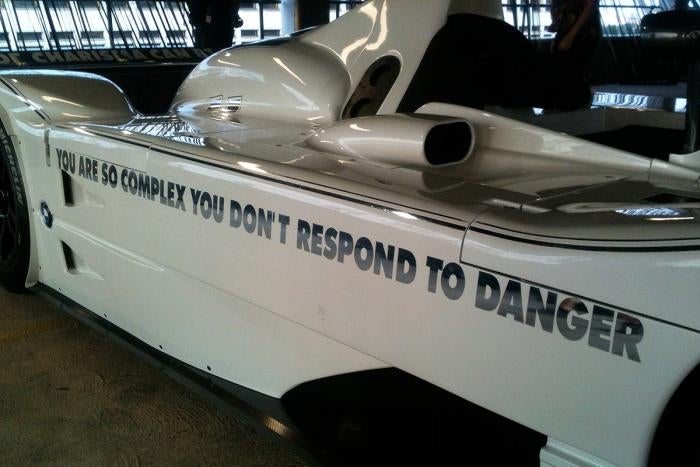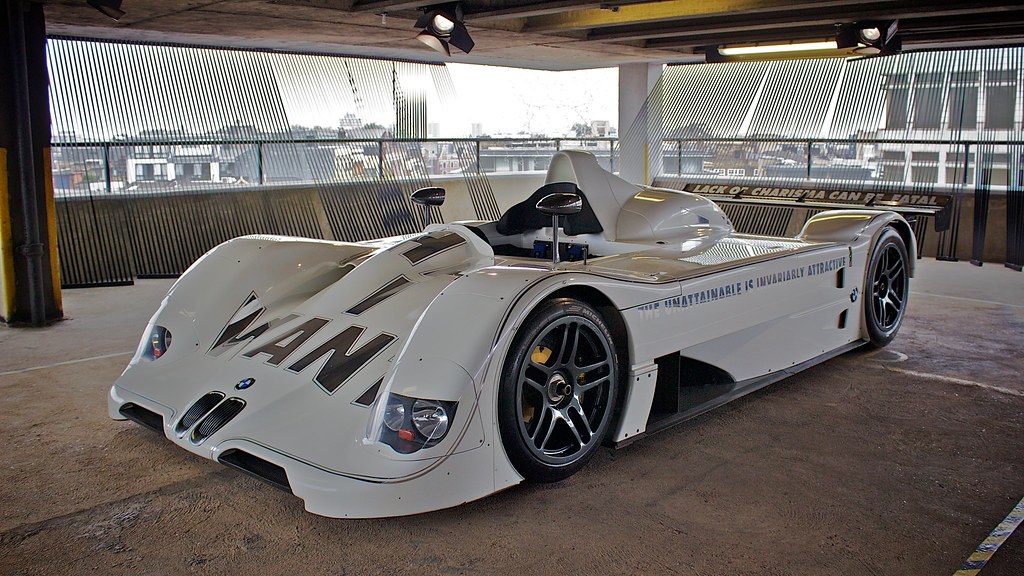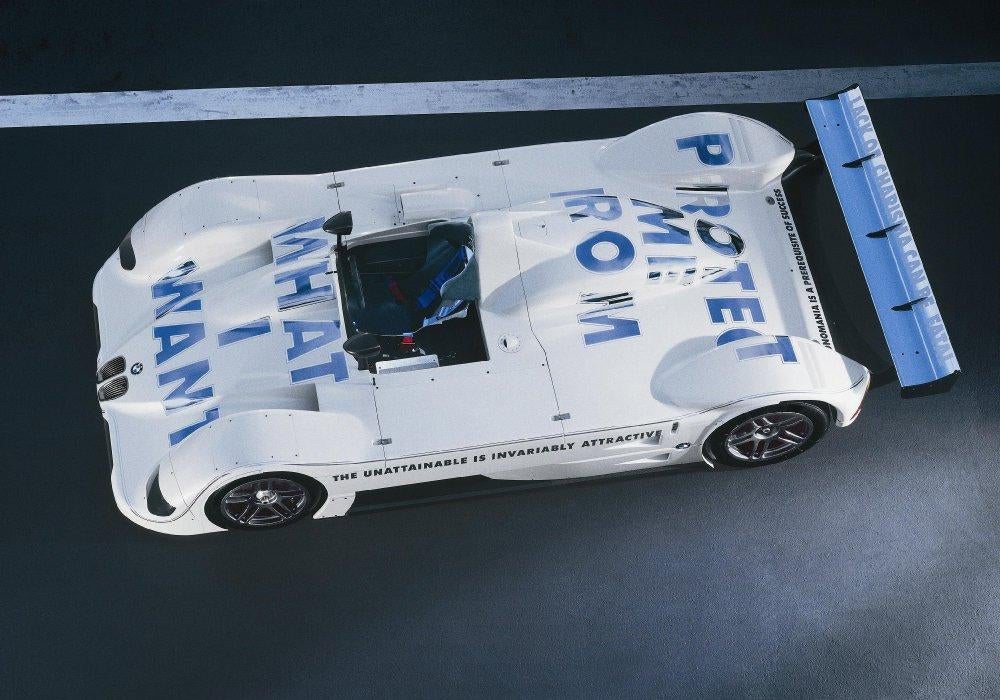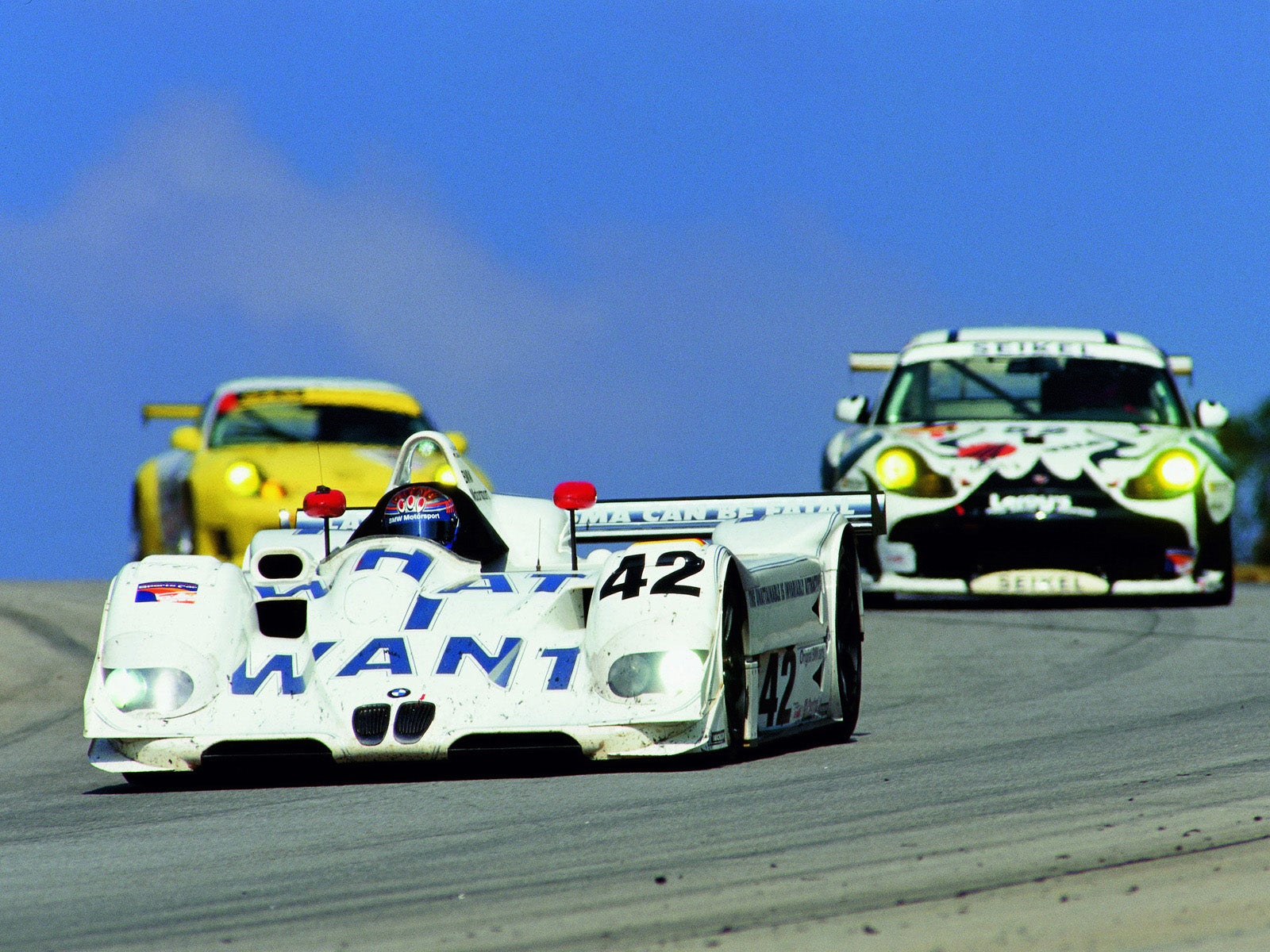As car enthusiasts, we are continuously looking for an improvement; better performance from our vehicles. Our desire for improvement fuels us to spend hours and hours devoted to our vehicles. Maybe it’s determining which short shift kit will work the best, or researching how a fuel management system will extract more power from our cars. Having 300 horsepower is great, but 350 is better. Getting that iconic set of three-piece BBS wheels is a key detail that must not be overlooked. The stitching pattern of our leather covered interiors, and that oh so rare BMW ‘textil webstruktur’ interior, are crucial to complete an individual build. Adding them up creates a culmination of parts that, with each and every detail, slowly edges ever closer to perfection.
It’s like fine tuning the stings of your favorite guitar, the same guitar that you know already plays perfectly; yet if there is a way that you can make it better, you want to try. Not only do we do this to create a machine that is unique to us, but we do it to fulfill and surpass our natural aspirations. This same passion leads us down the pathway of expression; reaching a peak of what we believe our cars can be in looks, performance, reliability, and sheer driving pleasure.
This ideal is is something we strive for; something we live for. Our need for obtaining the unobtainable is something that cannot exactly be explained. Be it the need for perfection in automobiles, athletics, or even in regards to the opposite sex; these are only a select few expressions that can describe this exact scenario.
Protect me from what I want
Monomania is a prerequisite of success
Lack of charisma can be fatal
What urge will save us now that sex won’t?
The unattainable is invariably attractive
They also happen to be key phrases etched into a unique and unattainable BMW. The BMW V12 LMR Art Car, as painted by Jenny Holzner and raced at the turn of the Millennium.

Holzer, is a contemporary artist whose work defies easy classification. Since the late 1970s, she has rejected the language traditional to art – such as figurative images, expressive abstraction and ironic minimalism – in favor of words with no pictures. However, she does have some thought about motor racing: “For me, there isn’t a more suitable medium than a racing car.”

“THE UNATTAINABLE IS INVARIABLY ATTRACTIVE refers to the burning desire of racing drivers always to be in front. The prospect of victory or achieving a good position in the race is their elixir. The urge to triumph against the rest of the racing world mobilizes every force. ” -Jenny Holzer, 1999

Jenny Holzer is intent on talking plainly to the public at large – not just the art world. Accordingly, she has used billboards, posters, t-shirts, bumper-stickers, bronze plaques, park benches and stadium scoreboards to reach beyond the four walls of elite cultural institutions and authoritative mediators. As a result, her work has much to revitalize the usual notions of public art – suggesting that public truths can be filled with uncertainties and contradictions.

The BMW V12 Le Mans Roadster created by Jenny Holzer features six short texts from her Truisms and Survival series, rendered in chrome letters and phosphorescent paint.

Although the overall color scheme used is traditional to motor racing, Jenny Holzer was keen on BMW’s distinctive blue and white being visible through the 24 hours of a marathon race – with chrome letters reflecting the sky by day, and with light absorbing paint which glows blue at night.

The expression of her concept is based on traditional features, colors and graphics of the racing car design. Chrome letters made of reflecting metal foil, outlined with phosphorescent color, give the text an almost magic light effect. What is crucial for the perception of her word art is the context in which it is presented. “Protect me from what I want” – seen against the backdrop of the most spectacular car race in the world, with its battle for places and prestige, the word artist’s plea for survival gains a whole new meaning. “You are so complex you don’t respond to danger” – a provocation that could not have been put better when referring to the world of motor racing. Jenny Holzer’s V12 LMR takes the BMW Art Car idea back to its roots: Le Mans.
Jenny Holzer’s BMW Art Car took part in the pre-qualifying race in Le Mans at the beginning of May 1999 and was presented to the international racing public as part of the race. BMW’s LMR prototype set the mold for every LMP to precede it. The most controversial feature in the ’99 car was the single roll over hoop. BMW smartly utilized an over looked rule within the ACO regulations and used the hoop to create a cleaner airflow to the rear spoiler. Single roll hoop and raised footbox has now become the bench mark.

BMW’s modern Le Mans assault started off a bit auspiciously in ’98 with the V12 LM, but lessons learned there contributed to ’99s very successful LMR. After having a thorough read of the rule book, BMW set about the 1999 season to kick some ass. Thanks to the guys over at Stanceworks, we have some great photos and details regarding the unique racecar and the success it had in the LMP category:
-January 29, 2013-
BMW of North America’s Vintage Collection: The BMW V12 LMR
Mike Burroughs
While BMW can claim one of the most renowned and prestigious racing pedigrees in history, there is one arena in which their tally falls short. The 24 Hours of Le Mans, the world’s oldest active endurance race, stands as one of the most important races in the automotive world. Also known as the Grand Prix of Endurance and Efficiency, the ultimate in technology, Le Mans Prototypes, race among GT class cars in a battle for the most laps in just 24 hours. With 90 years and 90 events under its belt, the overall victory has been claimed only once by BMW. In 1999, BMW’s V12 “LMR” Le Mans Prototype racer took the win over Toyota by a single lap. And as quickly as it came, the LMR was left to the history books, running the iconic race only once.
The LMR was born as a response to BMW’s failed 1998 V12 “LM” program. The LM program itself, however, was the result of BMW’s own success. The McLaren F1, commonly accepted as one of the greatest cars ever built, retained several production car records for more than a decade after its release. Powered by a 6.1 L 60-degree V12 engine called the BMW S70/2, the naturally-aspirated beast still stands as one of the greatest achievements in automotive history. Powered by a slightly modified S70/2 to meet rules and regulations, the McLaren F1 GTR went on to take the overall victory at the 1995 24 Hours of Le Mans. The cars were raced at the 24 Hours until 1997 when they were no longer competitive. BMW, however, still saw their S70/2 as something potent, and in turn, partnered with WilliamsF1 to build a Le Mans Prototype car for 1998.

After teaming up with WilliamsF1, Formula One constructors champions at the time, to build the chassis and suspension, BMW brought their majestic V12 to the table, utilizing the same S70 as the McLaren, but instead, in a 6-liter configuration. To campaign the car, BMW went to Schnitzer Motorsport, of AC Schnitzer fame. Unfortunately, the partnership was not initially successful. The “LM” suffered from several issues: terrible driveline vibrations lead to BMW pulling both cars from the 1998 Le Mans just 60 laps in. After further testing, it was noticed that the cars suffered from poor aerodynamics and were unable to cool themselves sufficiently. BMW abandoned the LM project and immediately focused on a complete redesign: the 1999 V12 “LMR.”
BMW, WilliamsF1, and Schnitzer went back to the drawing board, retaining only the carbon fiber and aluminum honeycomb monocoque chassis for their 1999 revamp; the bodywork itself was redesigned entirely. The primary changes to the car were for aerodynamic purposes. One of the major flaws from the LM was its unorthodox cooling method: air was ducted from underneath the car – a decision that proved to be affected by high ambient track temperatures. To fix this, the LMR featured cooling ducts atop the car. And in a loophole-utilizing decision, the LMR featured just a single roll-hoop above the driver’s head, instead of one that spanned the entire cockpit as the LM’s did. This daring move later became a staple of Le Mans Prototype design for some time to follow. The advantage? Less drag, and less drag means more speed. It also allowed for more airflow over the rear spoiler, granting more downforce.
The engine was retained for the LMR project – now dubbed the S70/3, the 5990cc V12 returned with 590 horsepower and more than 500lb-ft of torque – less than the McLaren road car it once powered due to restrictions on intake and displacement, but enough to push the car to a staggering 214 miles-per-hour on the Mulsanne Straight.. An X-Trac 6-speed sequential gearbox puts the power down to a set of OZ motorsport centerlock wheels wrapped in 36/71-18 Michelin race tires.
Four LMRs were built by Williams, two of which were debuted at the 12 Hours of Sebring, campaigned by BMW Motorsport and Schnitzer as a two-car team. The cars were impressive, devouring the capabilities of their predecessor. The LMR took pole position in qualifying, and the cars lead the pack for the first half of the endurance race. The outcome of the race was bitter-sweet; while one LMR took the overall win, setting the LMR’s legacy off on the right foot, LMR chassis #001 suffered a catastrophic accident – enough damage to seal its fate, never to be raced again.

However, Sebring was merely a shakedown. The team went back to Europe to begin preparations for the race the cars had been built for: The 24 Hours of Le Mans. All three remaining LMRs were prepared for testing, one of which was a BMW Art Car painted by artist Jenny Holzer. The LMR was able to set the 4th fastest lap during the practice session despite the “disadvantage” of an open cockpit. While an open cockpit is more fuel efficient (which can prove to be more important in an endurance race,) the closed-cockpit cars often proved faster in a single lap.
Soon, qualifying rolled around, and two race-prepped LMRs took to the track. A Toyota GT-One managed to take the #2 spot from the LMR in qualifying – BMW knew that the Toyota would prove to be a formidable opponent after their practice sessions, and the qualifying results confirmed their worries. With the #3 and #6 spots confirmed for the grid, BMW and Schnitzer buckled down for the long haul. The first half of the race went as exceptionally as planned: the V12 LMRs held their own against the closed cockpit competitors from Toyota, Nissan, Audi, and Mercedes Benz, whom were all plagued by reliability issues or the victims of accidents.
It wasn’t until the team neared the end of the race that they had their work cut out for them. The #17 LMR suffered the consequences of a stuck throttle, crashing in the Porsche Curves, leaving just the #15 LMR to fend for the victory. Piloted by Joachim Winkelhock, Yannick Dalmas, and Pierluigi Martini, the car would battle head-to-head with the single-remaining Toyota. Although in first place, the LMR was only one lap ahead of the GT-One, hot on the LMR’s tail. However, the racing gods were smiling upon BMW, and the Toyota suffered a tire blowout at high speed. Victory was achieved with a margin of a single lap.
The success between BMW and WilliamsF1 brought BMW into the realm of Formula One once again, providing the engines for the Williams cars. BMW’s decision to focus on Formula One meant that the LMR would not be campaigned in Le Mans in 2000. Instead, the LMRs would compete in the American Le Mans Series, in which they competed but were defeated by Audi and their 2000 Le Mans-winning R8 in almost every round. For Petit Le Mans, the Holzer Art Car was brought back out to make its first racing debut since the 1999 Le Mans Testing, and the 3 cars tried their hardest. However, one car crashed into the side barriers after losing downforce and back-flipping – only the Art Car was able to finish, and at #5, it wasn’t a podium position. The cars were then retired; however, unlike the LM predecessor, BMW chose not to sell off the LMRs to their customers.
And thus, here sits one of the two remaining racers, with chassis #001 destroyed and the Holzer Art Car as #004. In just two years, BMW went from no prototype program to an overall victory at Le Mans, but just as quickly, BMW’s sights changed once again. The BMW LMR is merely a blip on BMW’s motorsports timeline, but will continue to stand as their single Le Mans victory… until the desire to win it arises again.
Latest posts by Tom Schultz test #2 (see all)
- 2024 Durango Event - 24 February, 2024
- Drive 4 Corners 2022 Low-Key Event Concluded - 1 September, 2022
- Drive 4 Corners 2022 Informal Event Planned! - 6 June, 2022



